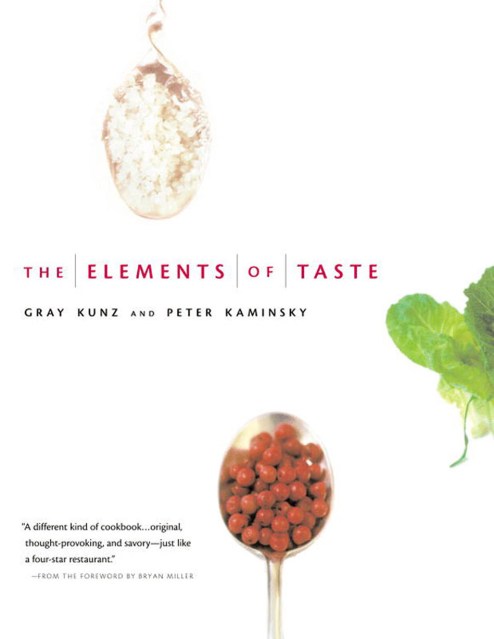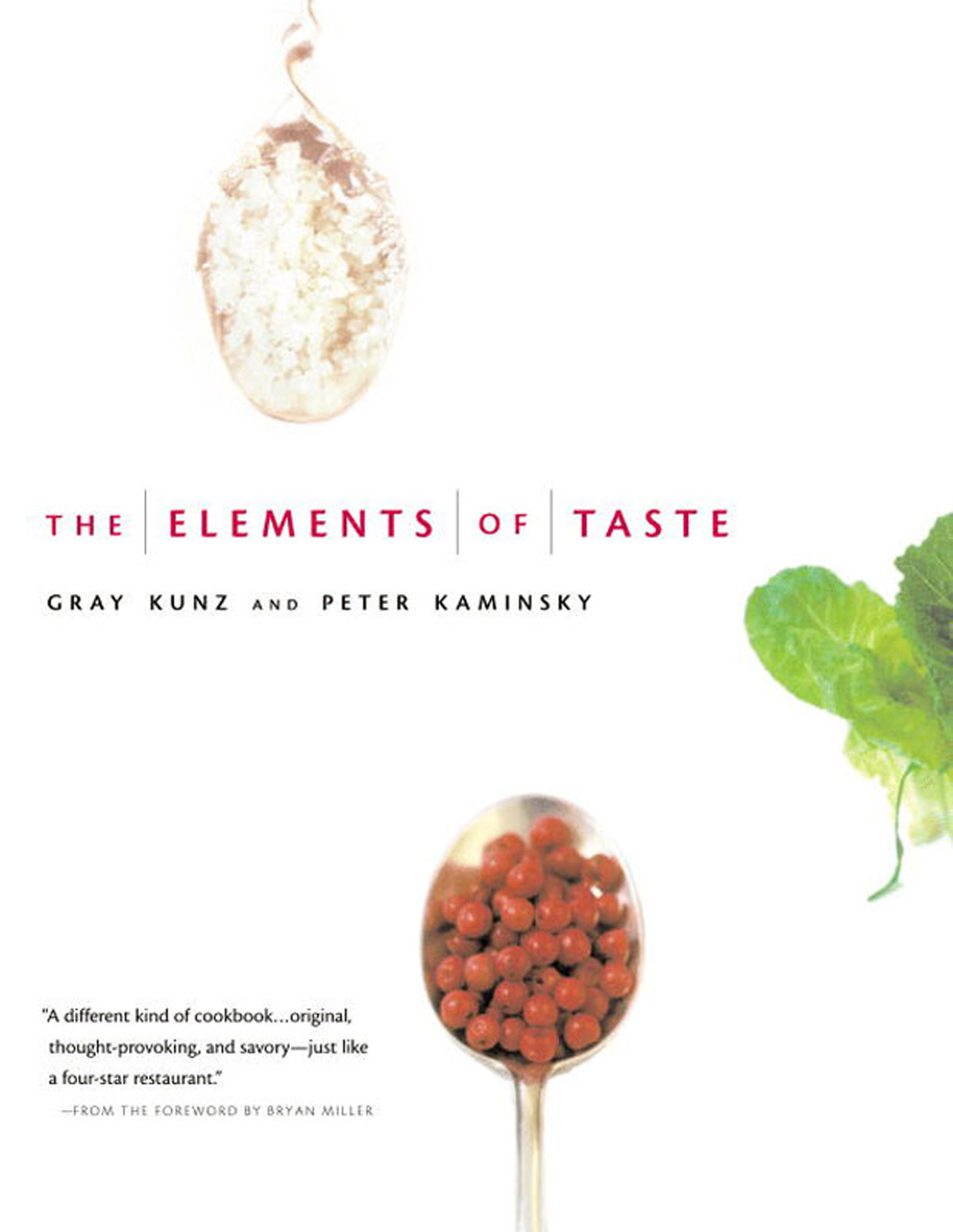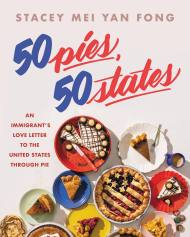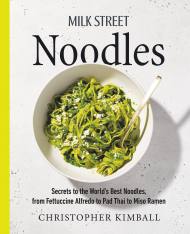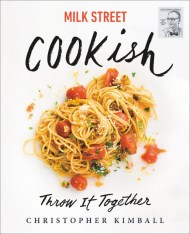Promotion
Use code MOM24 for 20% off site wide + free shipping over $45
The Elements of Taste
Contributors
By Gray Kunz
Formats and Prices
Price
$18.99Price
$24.99 CADFormat
Format:
ebook (Digital original) $18.99 $24.99 CADThis item is a preorder. Your payment method will be charged immediately, and the product is expected to ship on or around December 14, 2008. This date is subject to change due to shipping delays beyond our control.
Also available from:
Gray Kunz has teamed up with food writer Peter Kaminsky to put together a cookbook that looks precisely at what taste is. They have identified 14 basic tastes in the chef’s palate and offer recipes showing how to use these fundamental building blocks.
Genre:
- On Sale
- Dec 14, 2008
- Page Count
- 272 pages
- Publisher
- Little, Brown and Company
- ISBN-13
- 9780316055499
Newsletter Signup
By clicking ‘Sign Up,’ I acknowledge that I have read and agree to Hachette Book Group’s Privacy Policy and Terms of Use
